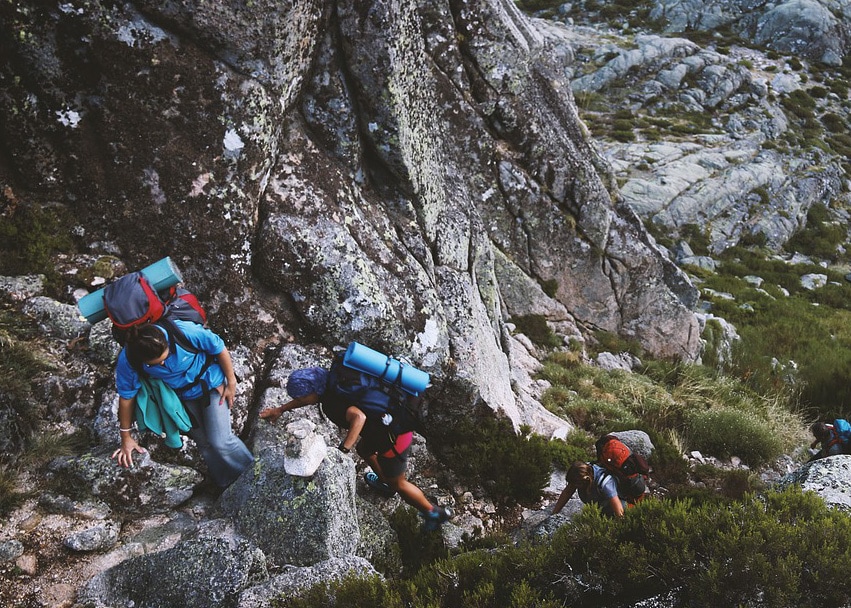Hiking and trekking, both are variants of outdoor walking activity. Hiking usually means easy day walks, usually with light loading day backpack. Trekking usually means tougher walking activity, over several days. The backpack is relatively heavier, overnight stays in between. For both cases, it is better to get prepared and be at the right fitness level to finish the activity in an enjoyable way. Unfortunately, in many cases, the trekkers are not really in the right shape. This is not only a matter of enjoyment but also a matter of safety. The better-prepared body will be able to cope better with demanding terrains, with changes of routes, with the weather, with cases where strength is needed, and in cases of an injury, a better-prepared body will cope better with the new situation.

Trekking and hiking are both activities that may require stamina and strength. Unlike regular walk in the city or at the gym’s treadmill, the outdoors will require some weight addition of your backpack, the terrain can be ups and downs, the legs and breath will work harder, the stability of the hike over the rocky path will require more muscles to work to stabilize the body.
The best way to be ready and get in shape for trekking is… to trek. Go hike, moderately, short routes, occasionally, during your weekends. You should develop the right stamina of body and mind, with the additional weight over you. It is like getting ready for long-distance runs. You start with shorter runs until you are in better shape and you slowly increase the distance and the difficulty.
Other than that, there are many exercises you can do, even without getting out to the “wild outdoors” in order to get prepared. Deciding how much to train is really depends on the goals and how much the trail is going to be demanding. Clearly, there is a difference in the level of readiness that is required for single-day high with
If you have a specific trail or trek you are going to accomplish, get to know it and train accordingly. It might include more inclines and declines, might include walking over snow, over rocky terrain. It might be very steep and may require the aid of the strength of your hands. Carrying a heavy backpack will require more involvement of your back and core muscles, so in order to finish each day in a good condition, it is better to couple to your training some core training.
Therefore training for a demanding hike or trek should include a combination of the following:
Aerobic training, with increased intensity over time till reaching goals.
Training should be 3 or 4 times a week. Keep in mind your overall constraints and require rests between training.
Exercises preferably to include:
Other cardio workouts are welcomed of course, as long as the training simulating good enough the trekking conditions.
Estimate the weight of your backpack. Eventually, you should feel comfortable to carry this weight over hours of walking.
Resistance and strength training include:
Don’t forget proper nutrition to support the training.
Rests between training are essential and are part of any training plan. Trekking poles are a great help and a great versatile gear and they can help to reduce overstress on your legs and reduce knee pain. Train with the same backpack you are going to take for your trekking. Your daily routines can be improved to get fit. Take the elevator, walk at the office instead of using the phone, stand more, park far and so on. These little improvements can accelerate your readiness for the trek and, are good habits in any case.
Related read: Trekking nutrition, nutrition tips, and calculator for backpacking and day hikes
Leave a comment